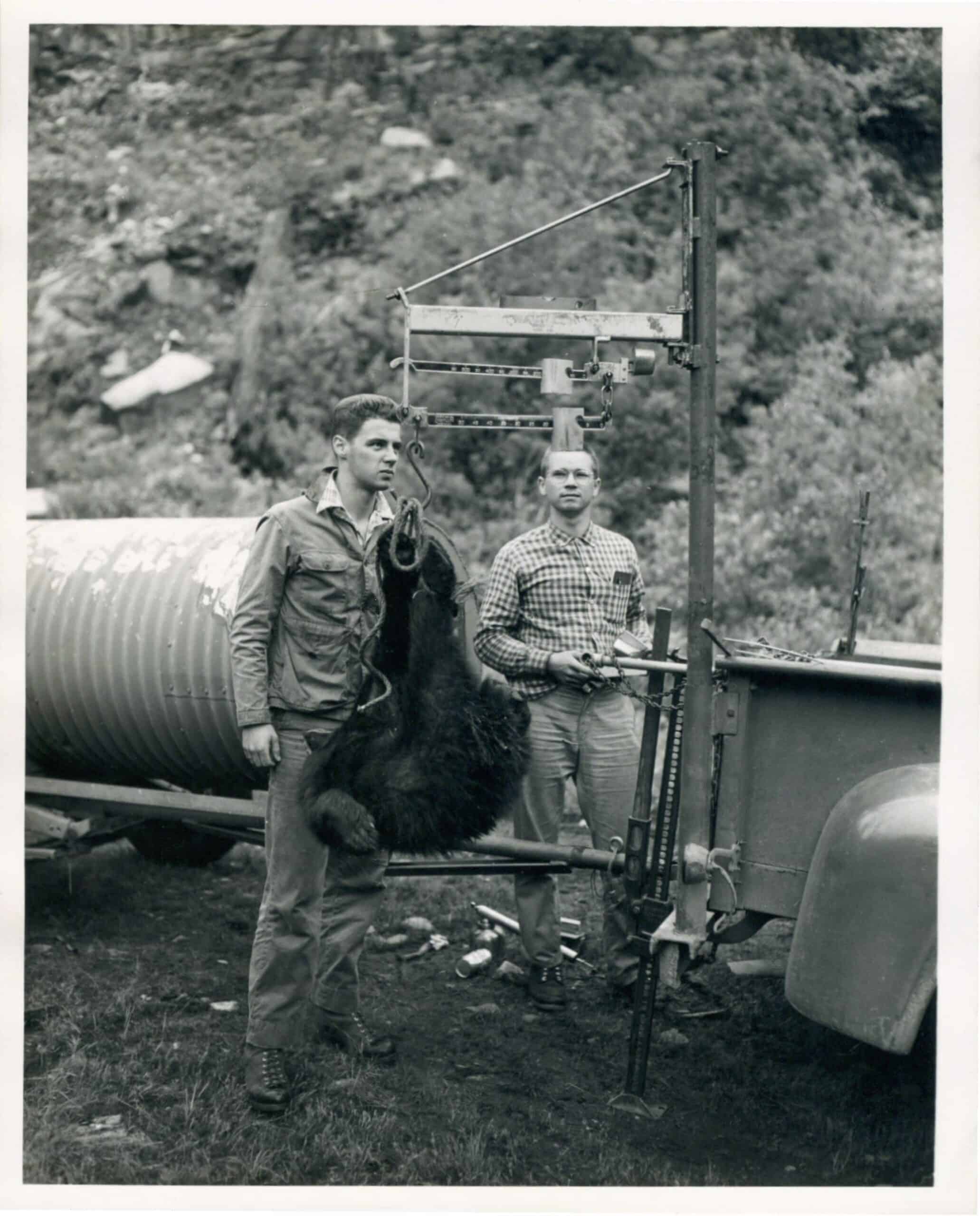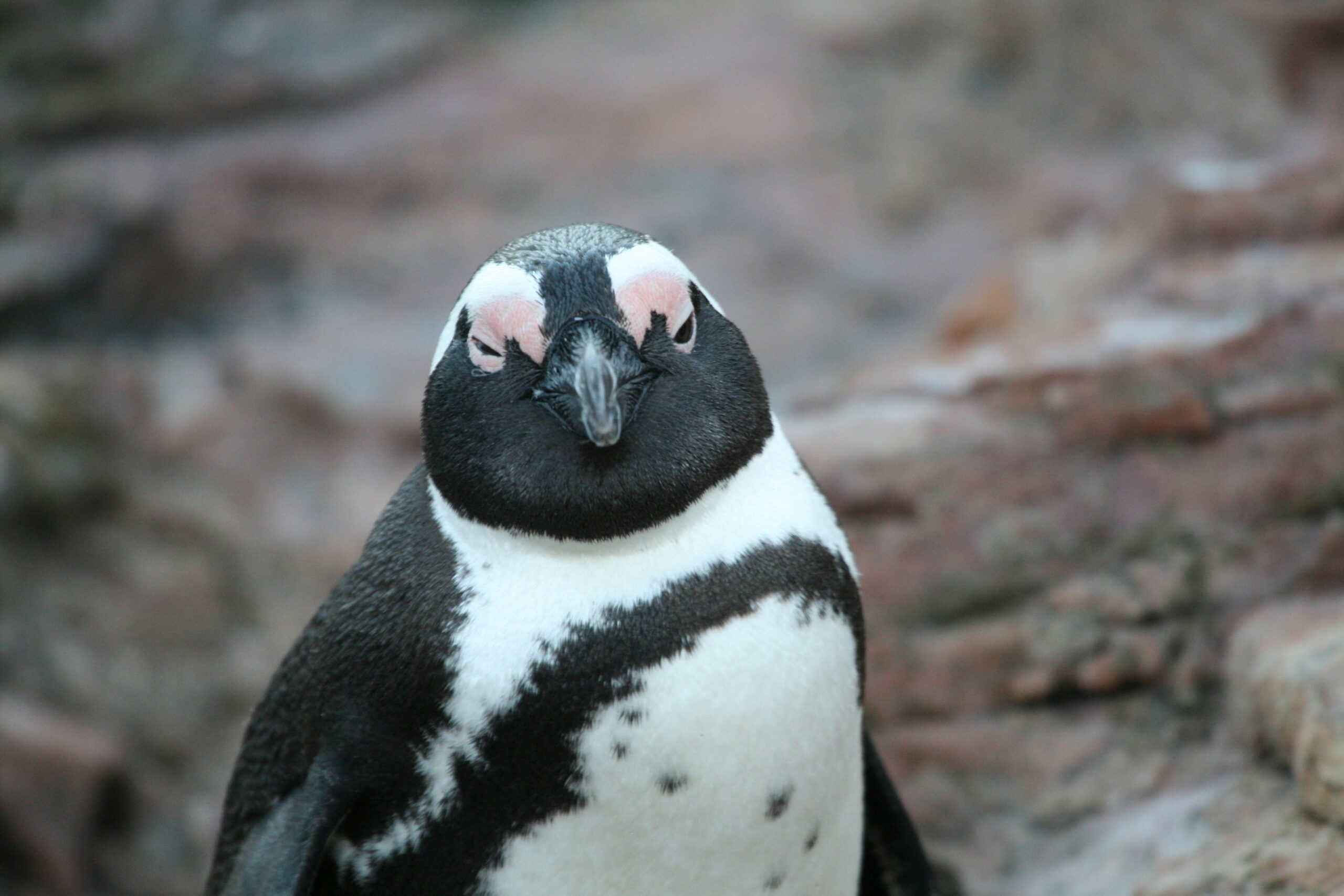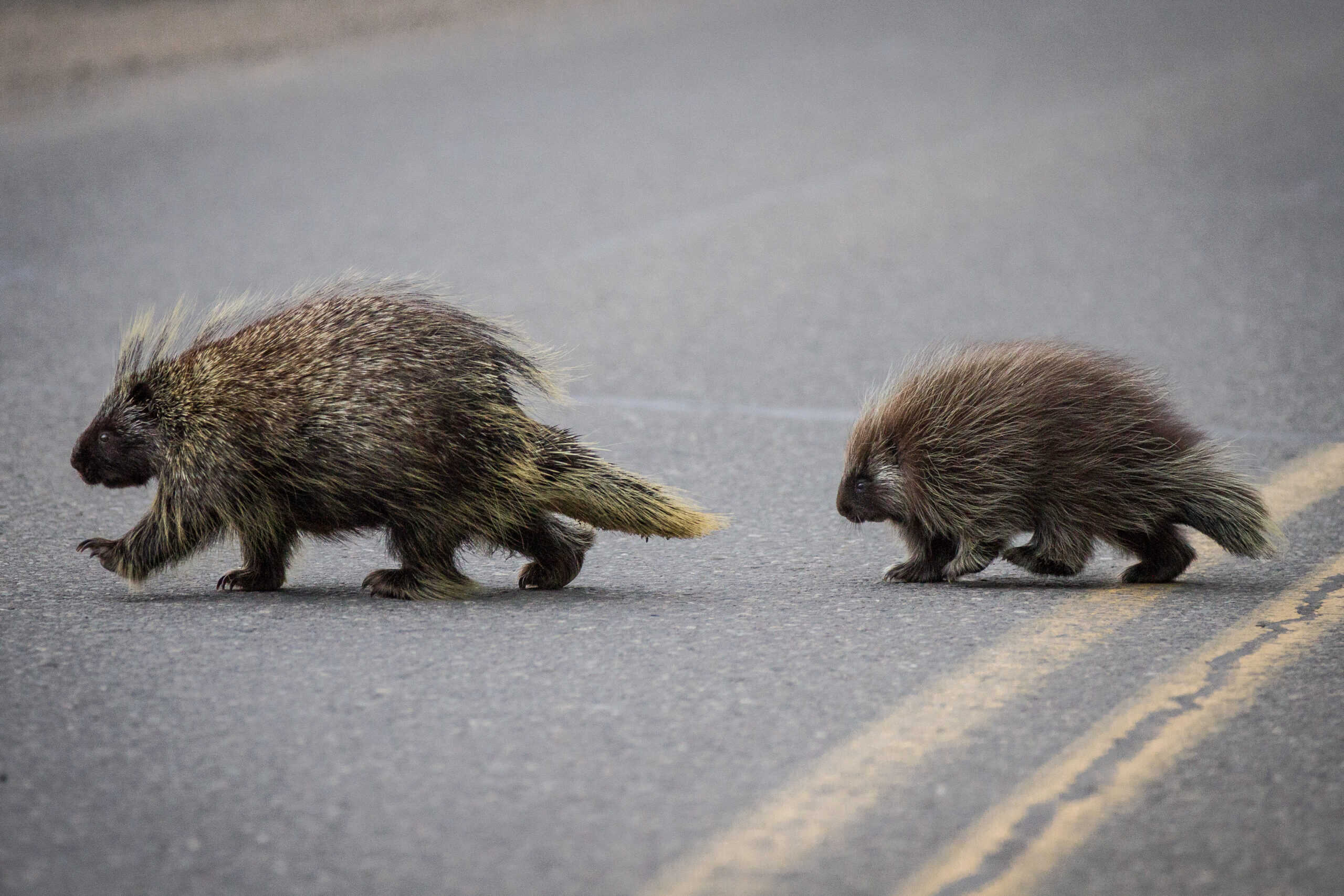Share this article
TWS Position Statement: Economic Growth
Back to Position Statements page
Economic growth is an increase in the production and consumption of goods and services, occurring as a consequence of an increase in the multiplied product of population and per capita consumption. In the process of economic growth, natural resources (often called “natural capital” in this context) are converted into manufactured capital and consumer goods. Natural resources (e.g., fisheries, water, timber, and minerals) are also key elements of wildlife habitat, providing food, water, and cover. Thus, economic growth entails a reallocation of natural resources from wildlife species to the human economy.
Economic growth has been a primary, perennial goal for most governments and societies. Some schools of thought believe that there is no limit to economic growth, because technological progress allows us to use resources more efficiently. However, technological progress is closely linked with economic growth at pre-existing levels of technology. The concurrent mix of economic growth (using already-existing technology) and technological progress has resulted in a net depletion of biodiversity, wildlife habitats, and natural resources in the aggregate.
The mechanisms of economic growth may impact the physical environment in many ways, such as pollution (contamination of natural resources), overexploitation of natural resources, and degradation and loss of habitat. Unsustainable production and consumption levels result in degradation and overexploitation of resources, which are evident in the decline of many fisheries, a growing number of threatened and endangered species, loss of natural habitats and inadvertent introduction of invasive species. Due to the breadth of the human niche, which continues to expand via technological progress, the human economy grows at the competitive exclusion of nonhuman species in the aggregate.
Decline in environmental quality and loss of biological diversity are not easily assessed in conventional economic models, where these consequences would be regarded as externalities (i.e., not accounted for in national income accounts). Current economic policies usually do not take into account the value of natural resources in contributing to biological processes, such as flood control by wetlands, climate regulation by forests through carbon sequestration and oxygen production, carbon dioxide consumption, and pollination by insects, birds, and mammals. Thus, an economy’s vigor is not measured accurately by gross domestic product. Because natural resources must be used to achieve any level of economic output, the strength of an economy should incorporate the condition and sustainability of the associated natural resources.
The policy of The Wildlife Society regarding economic growth is to
1. Educate natural resource professionals, the general public, and policy makers about (1) the value and importance of wildlife and habitat and their benefits to local, regional, national, and global economies, cultures, and quality of life, (2) the conflict between
economic growth and wildlife conservation, and (3) the role of policy makers and consumers in curbing undesirable effects.
2. Encourage science and education to improve society’s understanding of the direct and indirect impacts of economic growth on wildlife and other natural resources.
3. Encourage science-based articulation of the interactions between economic growth and the ecological services that underpin the human economy (e.g., pollination, flood control, decomposition, climate regulation), and encourage sustainable uses of natural resources.
4. Recognize that although there may be technological inadequacies in reconciling the conflict between economic growth and wildlife conservation, it is nevertheless helpful to develop particular types of technology that support wildlife conservation through greater efficiencies (e.g., substituting the use of non-renewable resources with renewable resources).
5. Encourage and support collaborative processes to engage stakeholders in the incorporation of wildlife conservation in land use planning and resolution of tradeoffs between economic growth and wildlife conservation.
6. Encourage and support sound public policy at state, national, and international levels that avoids or minimizes negative consequences of economic growth on wildlife and other natural resources.
7. Work with policy makers to encourage businesses to internalize negative impacts on water, air, biological resources and other resources people depend on so that the price of goods and services fully reflects private and social costs.
8. Encourage development of models that factor wildlife and habitat into their assessment of the impact of proposed growth projects and economic policy decisions.
Approved by Council November 2017.








